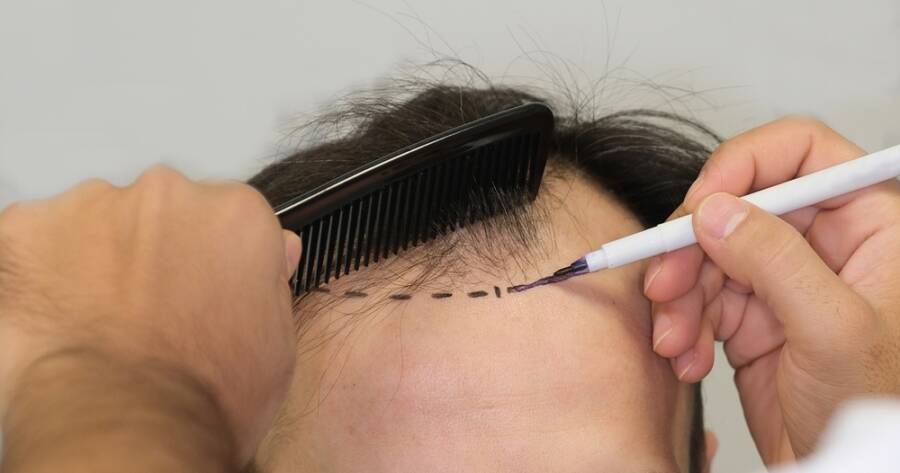Hair loss can be frustrating and affect self-confidence. Many people turn to hair transplants to restore their natural look. Two of the most common techniques are Follicular Unit Extraction (FUE) and Follicular Unit Transplantation (FUT). Both methods offer effective solutions, but they differ in procedure, recovery, and results. Understanding these differences will help you choose the right option for your needs. Break down the differences between FUE and FUT so you can make an informed decision.
Understanding the FUE Method
Follicular Unit Extraction (FUE) is a modern and minimally invasive hair transplant technique. In this method, individual hair follicles are removed from the donor area, usually the back of the scalp, and then transplanted into areas with thinning or no hair.
How FUE Works
- The surgeon shaves the donor area for better visibility.
- A specialized tool extracts hair follicles one by one.
- Tiny incisions are made in the recipient area.
- The extracted follicles are implanted into these incisions.
Since FUE removes follicles individually, it does not leave a large scar, making it popular among those who prefer short hairstyles.
Pros and Cons of FUE
Pros:
- No visible linear scar
- Faster healing time
- Less discomfort after surgery
Cons:
- Takes longer than FUT
- May require multiple sessions for full coverage
- Can be more expensive due to the time-intensive process
Understanding the FUT Method
Follicular Unit Transplantation (FUT) is a traditional hair restoration method. It involves removing a strip of scalp from the back of the head, dissecting it into smaller units, and implanting these units into the balding areas.
How FUT Works
- A strip of scalp is removed from the donor area.
- The strip is divided into individual hair grafts.
- Tiny incisions are made in the recipient area.
- The grafts are placed into these incisions.
FUT is often recommended for patients who need a large number of grafts in a single session.
Pros and Cons of FUT
Pros:
- Can transplant more hair in one session
- Often more affordable than FUE
- Higher survival rate for transplanted follicles
Cons:
- Leaves a linear scar in the donor area
- Longer recovery time
- More discomfort after surgery
Key Differences Between FUE and FUT
When choosing between FUE and FUT, it’s important to consider factors like recovery time, scarring, and cost. One major difference is scarring. FUE leaves tiny dot-like scars that are barely noticeable, while FUT results in a linear scar where the strip of scalp is removed. Healing time also varies between the two methods. FUE heals faster, often within a few days, while FUT may take several weeks due to the larger incision.
Another important factor is the number of grafts that can be transplanted in one session. FUT allows for more grafts per session, making it ideal for individuals who need significant coverage. On the other hand, FUE may require multiple sessions to achieve the same level of density. Cost is another consideration, as FUE tends to be more expensive because extracting individual follicles is a time-consuming process.
Which Hair Transplant Method Is Right for You?
The best choice between FUE and FUT depends on your hair loss pattern, lifestyle, and personal preferences. If you prefer to keep your hair short and want minimal scarring, FUE is the better option since it does not leave a noticeable linear scar. However, if you require a large number of grafts and are not concerned about a scar, FUT may be the right choice for achieving better coverage in a single session.
Recovery time is also an important factor. If you have limited time to heal, FUE offers a quicker recovery period. Meanwhile, if cost is a major concern, FUT is usually the more affordable option. Ultimately, consulting a hair restoration specialist is the best way to determine which method suits your needs, as they can evaluate your scalp and recommend the most appropriate procedure.
Making the Best Choice for Your Hair Restoration
Both FUE and FUT are effective methods for restoring hair, but they serve different needs. If you want a procedure with less downtime and no visible scarring, FUE is a great option.
However, if you need a larger number of grafts in a single session, FUT may be more practical. Speaking with a qualified surgeon will help you decide which technique aligns with your goals. With the right choice, you can achieve a fuller head of hair and renewed confidence.

